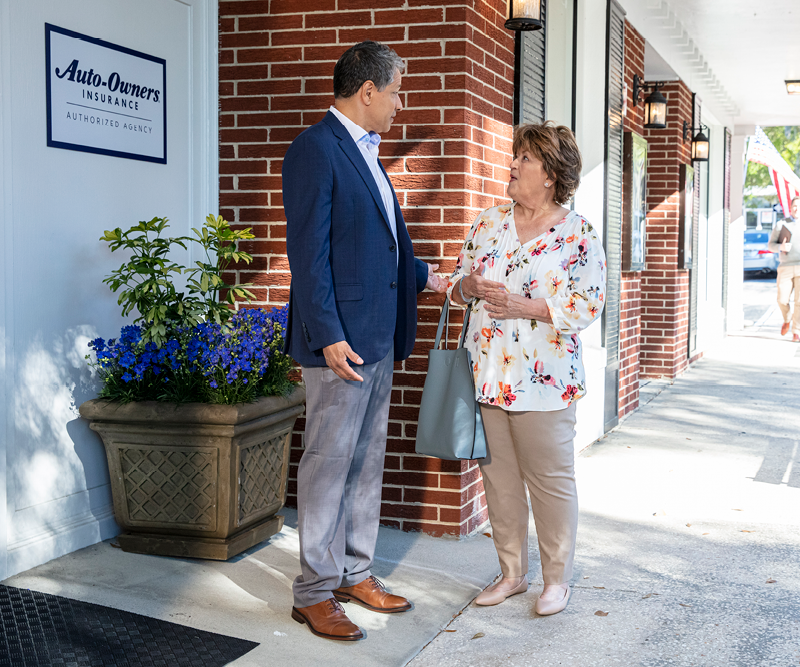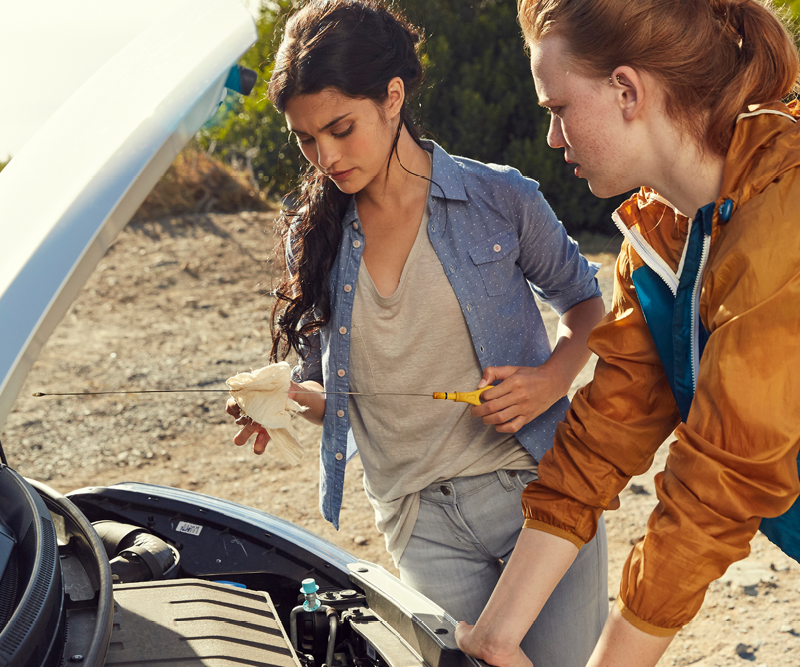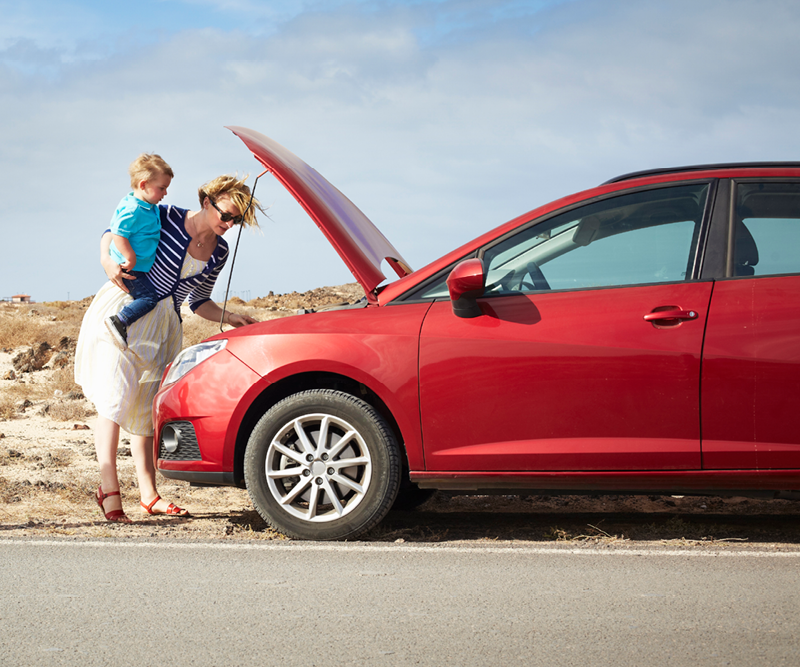You need insurance. We all do. In some cases it’s required by law, in others it’s required by the unwritten code of being a responsible adult that owns things. So, what’s the best way to buy it?
Online or with an agent?
What kind of agent – independent or captive?
Oh, and what does this all mean?
We think life is complicated enough; your insurance doesn’t have to be.
What is an independent insurance agent?
This may surprise some people, but an independent agent is a small-business owner. Agents are not an employee of the insurance companies whose products they offer. The insurance agency is often run by a few agents and administrative staff members. Oftentimes it’s family owned. Another misconception is that they sell their own insurance products. They do not. Instead, they work on behalf of their customers to obtain policies from insurance companies.
Now, it’s important to point out that every insurance agency you see is not an independent agency. There are also captive/exclusive agencies that operate differently. If you want to find independent agents in your area we recommend using our Agency Locator tool.
What’s the difference between independent insurance agents and other insurance agents?
The main difference is that independent insurance agents offer more choices than captive/exclusive insurance agents. Captive/exclusive agents offer only one insurance company’s products. This means they can only place your policy with that one company. Independent agents, on the other hand, have options. They can place your policy with one of the several insurance companies they work with to make sure your unique needs are met.
Summary: Independent insurance agents help you find a policy with one of the several insurance companies they work with at their agency. Other, captive or exclusive, insurance agents can help you find a policy with the one insurance company they work with at their agency.
So, what’s the best way to buy insurance? If you ask us, an independent insurance agent!
At Auto-Owners, we are committed to offering our insurance products solely through independent agents because of the many advantages they offer you.
What advantages? Glad you asked.
1. Your local independent agency is your one-stop shop for all types of insurance. Since independent agents offer a variety of insurance products from several insurance companies, you are more likely to be able to handle all of your insurance needs in one place rather than trying to coordinate with businesses all over town. Most independent agencies offer life, home, car and business insurance. This means you may only need one point of contact for all your policies.

2. Local support from somebody you know. Many customers share stories about their independent agent being the first one on the scene after losing their home to a storm or fire. Agents take their job seriously, especially when their customers experience a loss. They know you personally and are ready to help when you need it most. For many agents, this is why they became insurance agents – to help people during hard times.
3. You can have the same point of contact even if you want to switch insurance providers. Let’s say you are interested in changing your insurance. When you have an independent agent, you don’t have to go back to the drawing board. Instead, you can call the same agency and they can help coordinate the switch. This means you can often stay with your same agent even if you switch insurance providers. This way you can continue to work with the person you’ve built a relationship with and who knows your needs.
4. Your independent agent knows your community, because it’s their community too. Independent agents live and work in your community, maybe even in your neighborhood. This means they personally understand the insurance needs specific to your area. This is extremely valuable since insurance requirements vary from state to state. Your local, independent agent can offer you more personalized guidance than a 1-800 number or website can.
5. Expert advice means you’ll have confidence and peace of mind. Do you really want a flashy website form and an automated formula to be what stands between you and financial distress in the event of a claim? With an independent agent, you will receive expert guidance from their experience. And, if you need to file a claim you will know whom to call. Not to mention, if you have questions about your policy you can call your agent. This beats waiting on hold for what feels like forever just to get a simple question answered.

6. You get insurance that fits your needs rather than a one-size-fits-all policy. When you call or visit an independent insurance agent, they will work with you to review several options for your insurance. This allows them to focus on finding a policy that fits your needs rather than fitting your needs into what one insurance company offers.
7. Working with a local, independent agent means you are supporting a local business. Most independent agencies are locally owned. Many agencies are owned and operated by a family from your community. So, when you call the agency to find your policy or inquire about a potential claim you are likely calling a familiar area code rather than a 1-800 number.
What about all those cheap and easy options I see online?
We’re not going to pretend there isn’t an option to buy insurance online, directly from other insurance companies. Because, well, there is. They like to tote that insurance can be cheap and easy. They say you can get a quote fast and get the cheapest coverage.
But, let’s take a second and ask ourselves if “cheap and easy” is how we want to describe one of the most important financial decisions we make in our adult lives? Does cheap and easy give you confidence?
Alternatively, would you find confidence in the fact that a licensed professional that knows your name has your back? The expert that you know personally did a thorough review with you when you purchased your policy. They looked it over, they know the companies and put your assets with the company they know from experience provides the coverage you need.
How do I find an independent insurance agent near me?
Ready to find an independent agent? We make it easy with our Agency Locator tool. Enter your zip code and we will show you independent agents near you right on the map. From there you can click on the agent’s information and contact whichever one you choose.
Copyright Auto-Owners Insurance Company © 2020. All Rights Reserved.





